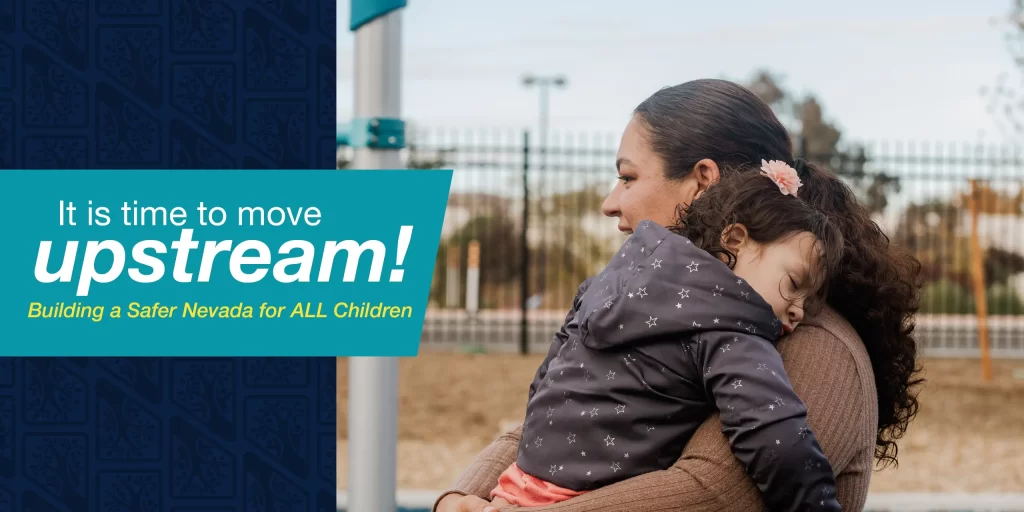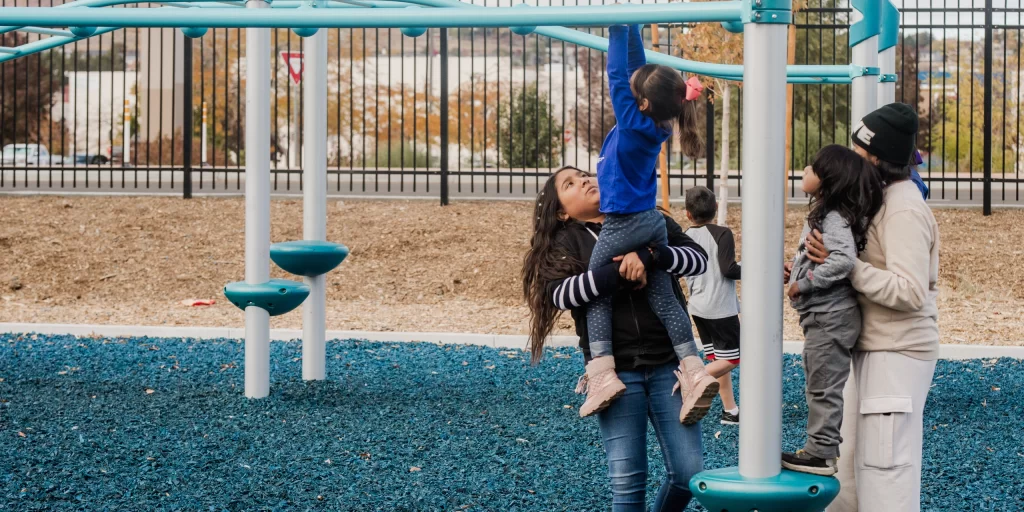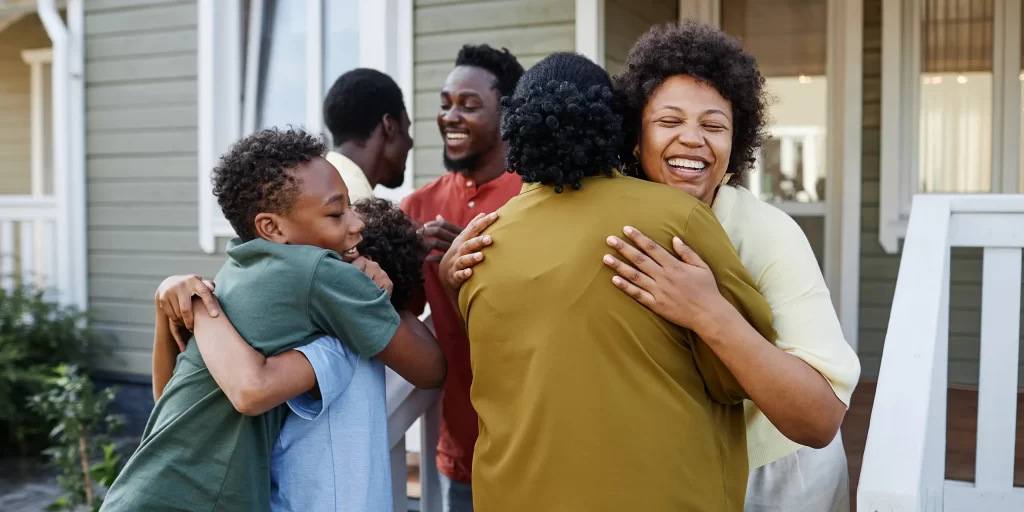
What Is Upstream Prevention?
Upstream prevention means stopping child abuse and neglect before it happens — by creating the kind of conditions where all children and families can thrive.
Instead of reacting to harm, upstream strategies focus on building strong foundations for family well-being through supportive policies, connected communities, and positive social norms.
By loading this video, you agree to the privacy policy of Youtube.
Why It Matters
Upstream prevention creates conditions where families are less likely to experience the stressors that contribute to abuse and neglect. It’s about proactively building a culture of support, resilience, and equity, rather than reacting after a child has already been harmed.
When we invest upstream, we’re not just preventing harm — we’re creating communities where every child has the opportunity to grow up healthy, safe, and supported.
Upstream means being Proactive. Positive. Preventive.
How Do We Move Upstream?
Here are some key aspects of upstream prevention:
How Does It Look Like?
How is Nevada Moving Upstream?
Nevada is taking proactive steps in their commitment to upstream solutions for child abuse prevention through two key prevention strategies:
Strategy #1: Economic Supports
The first strategy is to strengthen economic supports to families by increasing family-friendly work policies in Nevada.
Why It Matters
Family-friendly work policies increase economic stability and maternal employment and allow parents to meet the overall needs of their children such as healthcare and education which reduces parental stress.

NV EfC has partnered with The Children’s Cabinet to support their efforts to bring the businesses of Nevada innovative workplace solutions for the working parents and families in their workforces through a partnership with The Best Place for Working Parents®.
The Best Place for Working Parents® is a growing national network of business leaders proving that family-friendly IS business-friendly. Originating in Fort Worth, Texas, The Best Place for Working Parents® seeks to support businesses with research-backed strategies that benefit working parents AND businesses’ bottom line. Learn more at https://www.childrenscabinet.org/businesses/.
Strategy #2: Positive Social Norms
The second strategy is to promote social norms that protect against violence and adversity by implementing a public education campaign that reduces stigma around parent help seeking behaviors.
Why It Matters
Public education campaigns help embed support for safe, stable, nurturing relationships in a community’s culture by strengthening positive norms across different levels of community systems

Go to our #ReachOut Campaign page to find out more on how you can help promote positive social norms!

